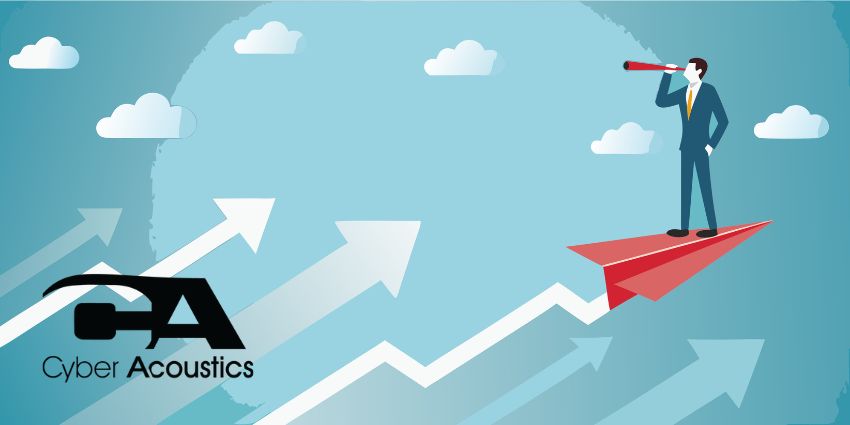I sat down with Smita Hashim, Director, Product Management, Google Cloud, to discuss Google Cloud Next 2019. The event brought together more than 7,000 attendees, featured plenty of discussions, breakout sessions, hands-on training, and networking opportunities for enterprise cloud enthusiasts.
“We heard from Google Cloud leaders about our latest innovations, customer stories, and partner momentum. We even heard from experts on everything from app modernization, to Anthos, security, and AI”
I had the chance to talk with Hashim about Google’s efforts to increase its global cloud footprint as well. According to her, Google’s experiencing what she called tremendous global synergy, especially as enterprises continue to invest in cloud technologies. Google Cloud currently has partnerships with enterprises in over 150 countries with plans to continue this upward traction.
“We’ve opened seven new cloud regions since 2018, including the Netherlands, Montreal, Finland, Los Angeles, Hong Kong, Zurich and, Osaka, and we have five more in the works – Seoul, Indonesia, Salt Lake City, Las Vegas, and Poland”
What’s Next for Google Cloud?
Since launching Google Cloud in Europe in 2012, Google’s drawn inspiration from the countless ways enterprise leaders in Europe aspire to drive workplace innovation with the use of strong cloud-based solutions built for agility and flexibility.
Their focus since the launch has remained simple – to deliver new and innovative capabilities that support a global network of partners who rely on Google Cloud to drive digital transformation. Hashim also shared, they want to make the process of cloud adaption less cumbersome. Google has further plans to expand its partner ecosystem by developing deeper relationships with the likes of Cisco, VMware, Accenture, and Deloitte.
![]()
“We want to develop products and services that put businesses at the forefront of digital transformation,” Hashim shared. We also focus our development in five paramount areas including building infrastructure modernization; data management; application development; smart analytics, AI productivity/collaboration.”
What about Google’s Contact Centre Solution?
As more enterprises start embracing the cloud in the form of migration, other emerging technologies such as AI help add more value to these solutions by enabling them to enhance CX. Google recently announced the general availability of Contact Center AI, a system that combines the best of Google AI with its contact centre software.
Today, the use of Google’s contact centre solution means leveraging advanced features like virtual agents who automatically respond to basic interactions. These agents are so smart, they know when they cannot perform a task, and seamlessly handoff more complex queries to humans.
Another feature, now available to Google Cloud customers, is Agent Assist. The handy functionality harnesses the strength of natural language processing to transcribe calls in real-time. Agent Assist can identify customer intent and provide real-time step-by-step assistance – a real game-changer for Google’s Cloud contact centre offering.
Finally, we touched on recent updates to Dialogflow – the technology at the heart of Google’s Contact Center AI and its core technology for developing chatbot/interactive voice response (IVR) interfaces. Today, there’s enhanced support for Virtual Agents for compliance purposes. Dialogflow meets payment card industry (PCI) data security standards.
And according to Hashim, Google Cloud’s working with a range of partners to implement Contact Center AI, including Avaya, Mitel, 8×8, Cisco, Five9, Genesys, NICE inContact, Salesforce, Twilio, and Vonage.







